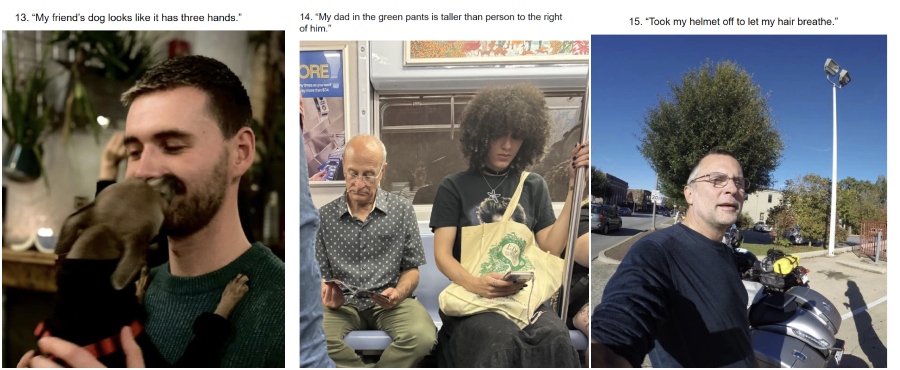Sometimes, the most ordinary things can become completely puzzling when seen from a different angle. A chair might look like it’s floating, a dog might seem to have human legs, or a shadow might appear more real than the object casting it. These strange moments aren’t magic — they’re just tricks of perspective that confuse our brains. It’s like a puzzle hiding in plain sight, and the only clue you need is a shift in the way you look at it.
This kind of confusion happens because our brains like to take shortcuts. When we see something familiar, our brain quickly decides what it is, even before we have all the information. But when a photo captures an object from just the right angle, it can interrupt that process. Suddenly, we’re not so sure what we’re looking at. A coffee cup becomes a sinkhole, or a building seems to tilt. It’s a reminder that not everything is what it first appears to be.
Photographers and artists love playing with this idea. They capture these optical illusions in everyday life and share them online, giving viewers a chance to experience that moment of double-take. It’s almost like a game — spotting what’s real, what’s illusion, and what’s simply a clever trick of the camera. These photos go viral because they entertain us, but also because they challenge our sense of reality in fun, harmless ways.

These illusions often come from perfect timing or unexpected angles. A shadow might line up with a crack in the sidewalk, creating the image of something entirely new. Or two people might be positioned just right so that their bodies seem to merge into one. There’s no editing required — just a moment where everything lines up to confuse our eyes and amuse our minds.

In a world full of digital manipulation, these raw perspective tricks feel refreshing. They remind us that the world itself can be strange and surprising without filters or Photoshop. You don’t need special effects to create wonder — just a good eye, some patience, and a camera ready to catch the magic in a split second.
Next time you see something that doesn’t quite make sense, take a closer look. Maybe your brain isn’t broken — maybe it’s just trying to solve a riddle made by light, angle, and timing. Sometimes, all it takes is a second glance to see the ordinary turn into something extraordinary.







